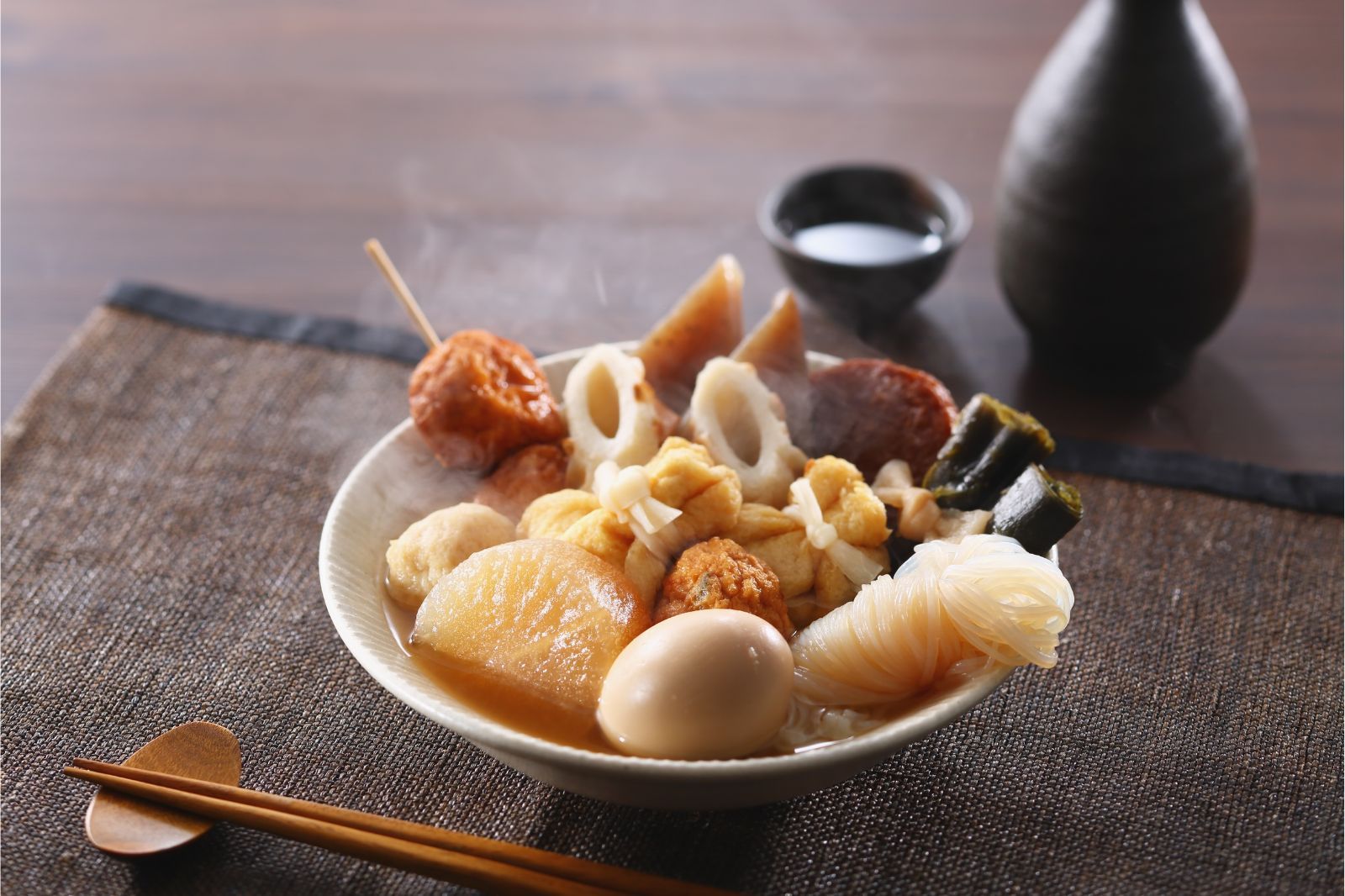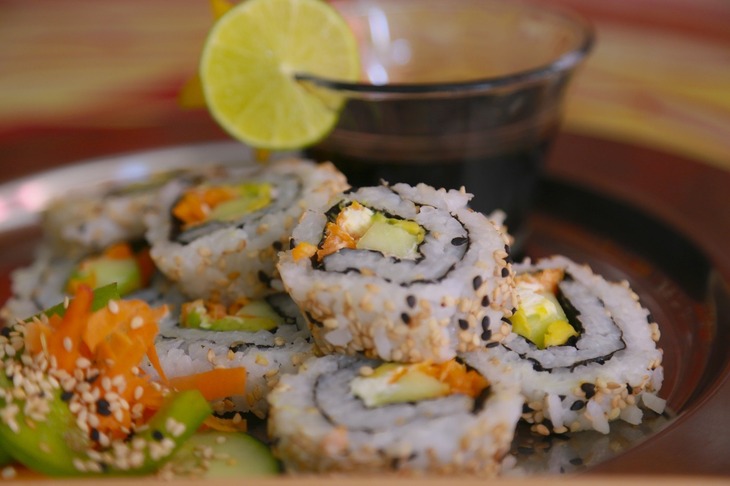Japan's Best Winter Travel Destinations
If you are planning on traveling around Japan this winter, you are in luck. Japan has fantastic winter travel destinations all across the country, from northern Hokkaido to southern Kyushu. So let's take a look at some of the best winter travel destinations in Japan, plus some tips to keep in mind as you are traveling around the country this winter season.
Popular Winter Travel Destinations in Japan
Here are some excellent winter travel destinations in regions all over Japan. This is not an exhaustive listーthere are many other winter locations you could check out in Japan. We'll also include links for more information about these locations if you want to learn more about a specific place.
Hokkaido
・Niseko
Niseko is renowned for its light and fluffy world-class powder snow, making it a very popular destination for skiers and snowboarders from around the world. And after a long day on the slopes, you can relax in natural hot springs with gorgeous mountain views. If you want to keep the party going at night, Niseko's Hirafu Village has a vibrant nightlife, offering a mix of cozy izakayas, lively bars, and international cuisine.
・Otaru
Otaru is a small port city known for its beautiful, romantic neighborhood around the Otaru Canal. The snow-covered canal is illuminated by lanterns during the Snow Light Path Festival, creating a magical ambiance hard to find in other parts of Japan. Otaru is famous for handcrafted glass items, which make for beautiful souvenirs or gifts. Since it is a port town, the local seafood is also fantastic. Local delicacies include uni (sea urchin) and sushi at Otaru's renowned seafood markets.
・Asahikawa
Asahikawa hosts one of Japan's largest winter festivals, featuring massive snow sculptures and beautiful light displays. The Asahiyama Zoo is a popular spot, where you can watch penguins parade through the snow and observe polar bears in a naturalistic setting. Asahikawa is also the gateway to Daisetsuzan, the largest national park in Japan. This is a popular park for winter hiking.
Hokuriku
・Kanazawa
In Kanazawa, you can check out Kenrokuen Garden, which becomes a snowy paradise in the winter. This is one of Japan's most beautiful gardens and absolutely worth a visit. You can also check out the historic Higashi Chaya district, where traditional teahouses and crafts come alive in the snowy winter season. If you are feeling fancy, try some snacks and drinks adorned with edible gold leafーa Kanazawa specialty.
・Shirakawa-go
Here, you can see illuminated Gassho-Zukuri Houses with traditional steep-roofs. The lights on the houses make you feel like you're walking through a fairy tale. There is even the option to stay overnight in a gassho-zukuri house for a cozy, authentic experience. This area can get a lot of snow, which can create a truly serene atmosphere far different from the bustle of cities like Tokyo.
Kanto
・Nikko
Nikko is an easy day trip from Tokyo and home to UNESCO World Heritage sites like Nikko Toshogu Shrine and Futarasan Shrine. These places are especially beautiful covered in snow during the wintertime. When it is cold enough, you can also see amazing natural ice formations at Kegon Falls, and walk along the frozen lakeshore of Lake Chuzenji.
・Mount Takao
A popular hiking spot easily accessible from Tokyo, Mount Takao is a great spot to check out in the winter. You can enjoy winter hiking along tranquil trails, surrounded by snow-covered trees, and stop by the serene Yakuoin Temple. Since the air is particularly clear in winter, Mount Takao offers fantastic views of Mount Fuji and Tokyo during the wintertime.
Chubu
・Hakuba
Hakuba is known for world-class ski resorts catering to people of all skill levels. If you want to really test your skiing skills, backcountry skiing outside of the resorts in this region is an option. There are also famous snow festivals featuring snow sculptures and winter activities to enjoy.
・Izu Peninsula
On the Izu Peninsula, you can enjoy soaking in hot springs with gorgeous views of the ocean. Places like Atami are especially famous for their ocean-view onsens. Since the Izu Peninsula is close to the ocean, the climate is milder, making this a good region to explore if you are not looking for a "cold" winter experience. The Izu Peninsula is also famous for delicious seasonal fish and shellfish.
Kansai
・Kyoto
While Kyoto doesn't always get snow, when it does, its temples and shrines become all the more magical. Kinkakuji Temple covered in snow is one of Kyoto's most iconic winter scenes, but any temple or shrine will look beautiful in the winter. Plus, since it is colder, there tend to be fewer tourists in Kyoto compared to peak seasons like Spring or Fall. This means it is a great time to explore Kyoto while avoiding the worst crowds. Kyoto also has some delicious winter cuisine, like yudofu (hot tofu) and other warm, traditional dishes.
・Nara
Nara Park, which is famous for its deer, is also beautiful in the winter when it snows. You could explore Todaiji Temple and Kasuga Taisha, or enjoy local sweets like kakinoha sushi (persimmon leaf-wrapped sushi) and warm sweet mochi. plus, who wouldn't want to see deer roaming around a snowy winter scene?
Chugoku and Shikoku
・Matsue
Matsue is famous for Matsue Castle, which when surrounded by snow becomes truly majestic. In Matsue, kamo nabe (duck hot pot) is a local delicacy, and here you can also see some impressive sunsets over Lake Shinji.
・Tottori Sand Dunes
The Tottori Sand Dunes are already a truly unique location in Japan, but if it snows, the dunes become even more surreal. Snow here is rare, but if you are lucky enough to visit when it does, you are in for a treat. Even in winter, you can take camel rides here, allowing you to explore the dunes in a unique way. Plus, there is an indoor Sand Museum where you can admire sand sculptures by artists from around the world.
Kyushu
・Beppu
Beppu is famous for its wide range of onsens. There is nothing like taking a bath in a hot spring in the winter, so exploring the different baths Beppu has to offer is a great winter activity. Plus, you can take some time to try jigoku-mushi (food steamed using natural hot spring heat).
・Mount Aso
Mount Aso can be explored on foot or horseback in the winter. The snowy landscape is breathtaking, and steam rising from the active crater creates a stark contrast. There are nearby hot spring villages you can visit for a rustic, cozy experience.
Things to Keep in Mind When Traveling Japan in the Winter
Here are some important things you should know if you are planning on traveling around Japan in the winter.
・Be Prepared for Cold Weather: Japanese winters, especially in northern regions like Hokkaido, can be extremely cold, with temperatures often below freezing. Wear thermal layers, a waterproof outer jacket, and warm accessories like gloves, scarves, and hats. Many traditional accommodations and older buildings you may stay at in these regions use kerosene heaters or kotatsu (heated tables) instead of central heating. Bring warm pajamas and socks for extra comfort at night, or it may be too cold to be comfortable.
・Be Aware of Transportation Challenges: Snowstorms, especially in areas like Hokkaido and Tohoku, can disrupt train and flight schedules. Be prepared for potential delays and give yourself extra time for travel to avoid as much frustration as possible. On top of this, smaller towns may have limited bus services in winter. You need to plan ahead to avoid being stranded.
If you plan on driving, make sure you are driving a car with snow tires or chains. Many mountainous regions legally require your car to be equipped with these in winter.
・Stay Hydrated and Healthy: Dry air is a big problem in Japan in the winter, especially indoors. It can be a good idea to bring a portable humidifier with you to keep your room from getting too dry. In Japan, you can buy small portable humidifiers that literally screw onto the top of plastic water bottles, making them easy to take with you.
At onsens, remember to stay hydrated and avoid overexposure to the hot temperatures or you may feel dizzy or sick.
On top of all this, flu season peaks in the winter. Wash your hands frequently, carry hand sanitizer with you, and consider wearing a mask in crowded areas.






























